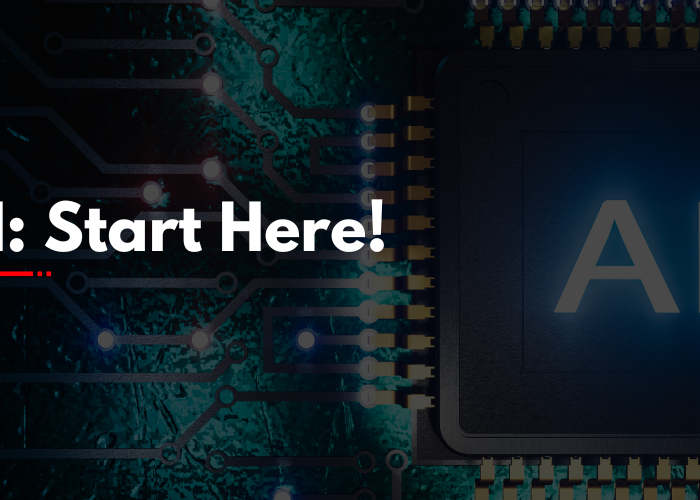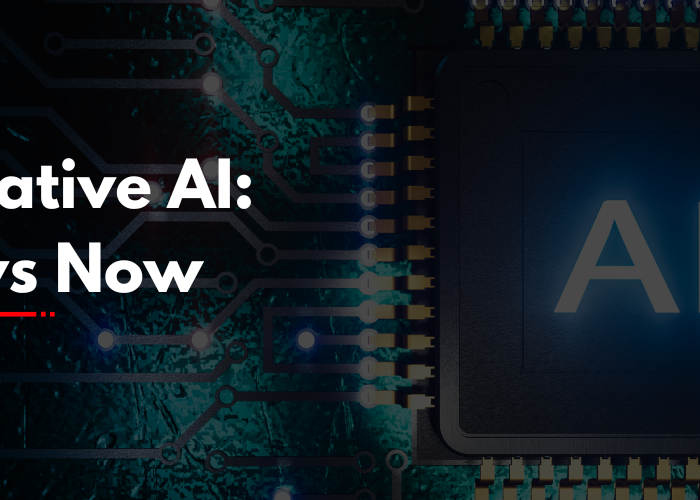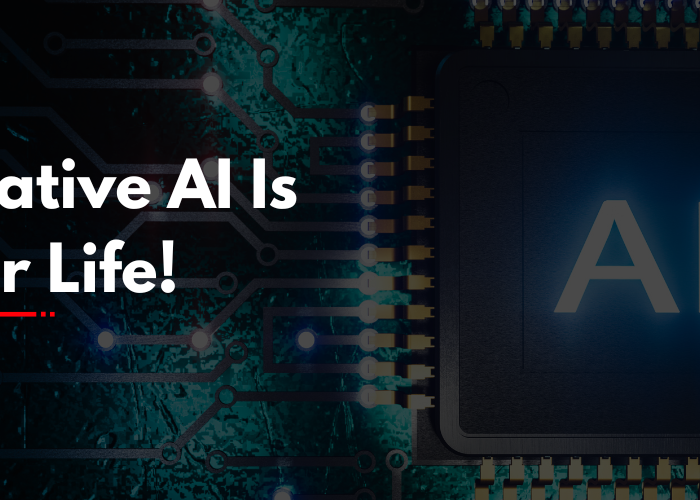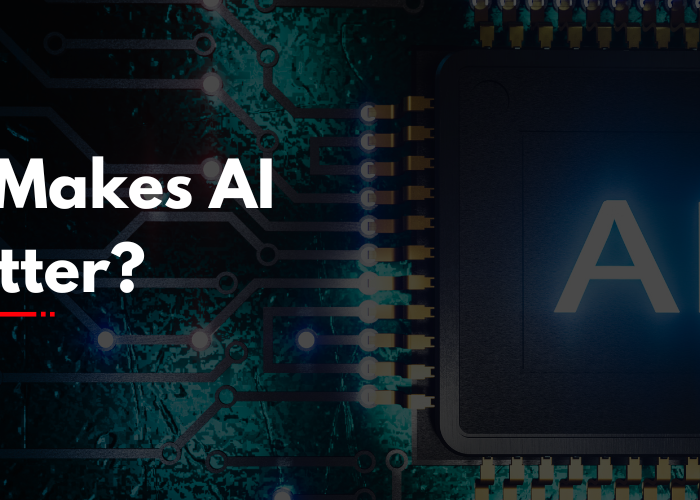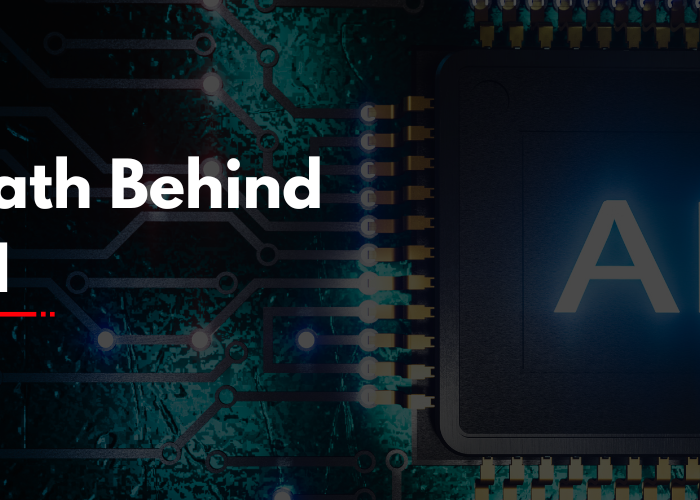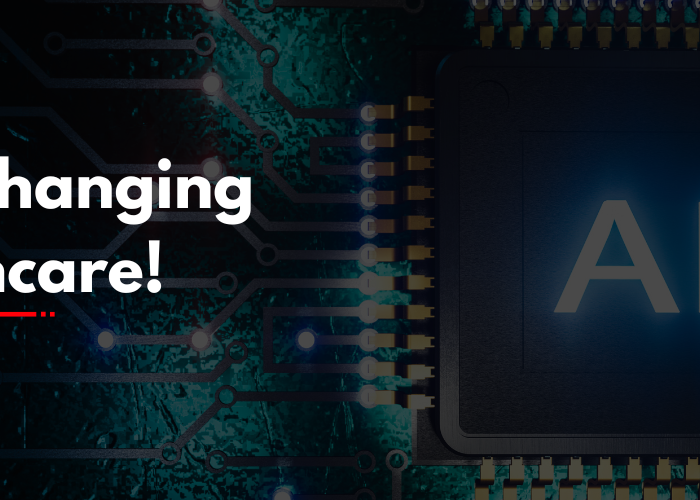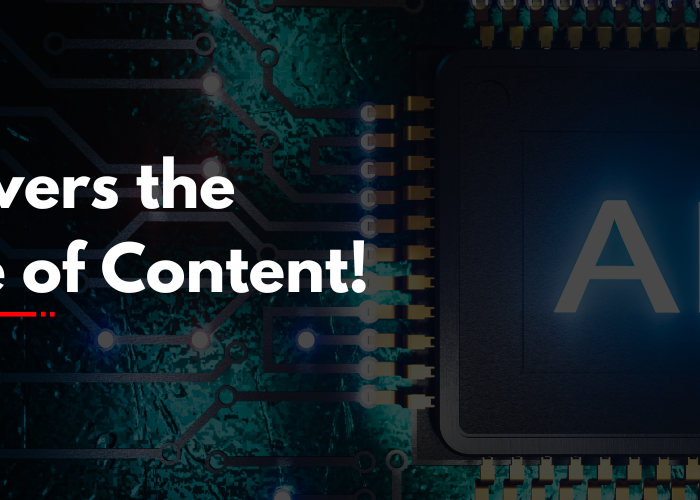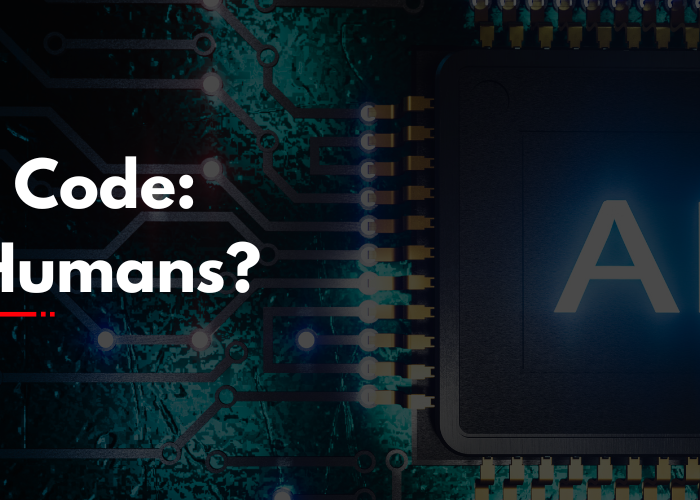Introduction
Generative AI has captured headlines, apps, and discussions composing poems, responding to emails, creating images, and even assisting us in coding. Yet hiding behind this recent surge in capability is a subtle revolution: the transformation of transformer models.
Prior to transformers, AI was able to do cool stuff but it wasn’t as smooth, quick, or intelligent. Today, thanks to this innovation, AI can comprehend the context of a conversation, compose like a human, and even translate languages nearly perfectly. So, what are transformers, and how did they revolutionize things? Let’s explain it in a way that’s easy to understand, even if you’re a beginner to the world of AI.
Key Elements of Transformer Models
To comprehend transformers, imagine a brain that not only remembers what you’ve just spoken, but also knows how each word relates to the rest of the sentence even if the sentence is long. That’s the secret sauce.
The secret behind transformer models is something known as “attention” in effect, paying attention to the most critical portion of a sentence or picture. So, if you ask, “Can you tell me what I told you regarding my appointment yesterday?” the model does not glance solely at the words “Can you” or “yesterday” it sees the entire sentence and selects the context-based pertinent meaning.
This keeps the model focused, responding correctly, and more natural sounding. Transformers also process words and concepts simultaneously (rather than sequentially as in previous models), which makes them more powerful and faster.
Types of Transformer-Based Models
Ever since they first appeared in a 2017 paper titled “Attention Is All You Need,” transformers have encouraged a string of newfangled models that now drive most AI applications of today.
Here are some examples you may have come across:
- GPT (Generative Pre-trained Transformers): These are trained to generate text everything from emails to books. GPT-3 and GPT-4 are well-known examples.
- BERT (Bidirectional Encoder Representations from Transformers): BERT is employed for text understanding, like in search engines or customer support software.
- Vision Transformers (ViT): These use transformer architecture on images rather than words, enabling AI to better understand pictures.
Some models blend various types to process both text and visuals simultaneously such as explaining a picture or converting a drawing into text.

Key Benefits and Challenges
Transformers have made AI more intelligent, quicker, and more flexible. They are better at maintaining conversations on point, responding to complex queries, and producing creative content that holds up. They’ve also made it simpler to create AI models that can work on a wide variety of tasks, from writing to conducting translations to summarizing.
But despite their strengths, transformers are far from perfect. They need enormous amounts of computing power and data to train them, making them costly and energy intensive. And while they’re excellent at creating realistic content, they sometimes don’t know whether what they’re spewing is true or not—which can result in blithely confident-sounding answers that are dead wrong.
There are also fears over how these models learn from sensitive or biased information available online. Developers therefore must work diligently to implement safety checks and filters.
Real-Time Applications of Transformers
You’ve likely engaged with a transformer model without even knowing it. These are just some of the places they appear:
Chatbots and virtual assistants that know what you mean, not what you say
Smart document and email recommendations in applications such as Gmail, Notion, or Microsoft Word
Natural language understanding search engines
Fluent-sounding language translation rather than sounding robotic
Writing tools for content that produce blog posts, create marketing copy, or even generate ideas
Transformers also enable creative apps that translate your inputs into images, summarize podcasts, or convert meeting notes into action items.
How Transformers Work:
Suppose you’re reading a novel. You don’t only recall the last word—you follow the plot, characters, and feelings, even between chapters. Transformer models do the same. When they read or write text, they consider the entire context of what is being communicated, not the sentence preceding it.
They accomplish this through “attention,” which is sort of like a spotlight. If you pose a question, the model puts a spotlight on the most significant sections of what you’ve said to determine what to say in response. This is why it feels as though you’re having an intelligent, fluid conversation.
What’s even more amazing? They can do it all simultaneously, rather than sequentially, making them ridiculously fast and responsive.
Getting Started with Transformer-Powered Tools
You don’t have to create a transformer model to utilize one. They’re pre-baked into many apps and websites. Want to give it a shot?
- ChatGPT: Perfect for writing assistance, idea creation, or even everyday chat.
- Google Bard or Gemini: Good for summarizing information, answering questions, and organizing things.
- Canva’s Magic Write: A transformer-based writing assistant for making social posts and designs.
- YouTube or Spotify: Some of their recommendation engines rely on transformers in the background to recommend just the right content.
Begin with something easy, such as having ChatGPT compose a poem or assist you in writing an email. The more you dig in, the more helpful these tools are.
Conclusion
Transformer models went about changing the face of generative AI in silence. They’re what make today’s machines write well, talk normally, and generate with unexpected creativity. Something that began as a breakthrough in research has now become a part of daily life making it possible for us to work quicker, produce more, and even enjoy a bit of fun with tech.
As we continue, transformers will continue to advance, energizing more personalized and smart experiences. If you’re leveraging them for productivity, creativity, or pure curiosity, one thing is certain: it’s just the start.


